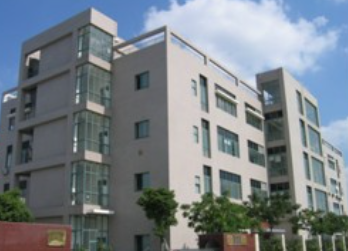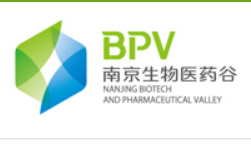用三溴化磷、五溴化磷对醇羟基做亲核取代反应也是经典的溴化反应。这类溴化剂的活性比氢溴酸大,与后者相比,重排副反应也较少。其中,三溴化磷应用最多,前者效果比较好,也可以由溴和磷在反应中直接生成,使用方便。

三溴化磷和醇进行反应时,首先生成亚磷酸的单、双或三酯的混合物(9)和溴化氢,然后,由于倾向于形成磷酰基(P=O)而使(9)中烷氧键发生断裂,于是溴素负离子对酯分子中亲电性烷基作亲核取代反应,生成溴化物。

上述亲核取代过程,大多属于 SN 2 机理,因此,光学活性醇在与三溴化磷反应后的主要产物常常为构型翻转的溴化物。但是,由于亚磷酸酯反应的立体选择性不高,故会发生一定比例的外消旋化。
对于某些易发生重拍的醇(仲醇、β位具有叔碳取代基的伯醇等),由于 S N 1 机理可能性增加,则随着所用溴化磷以及其用量、反应条件不同,其收率和重排副产物的比例也不同。

醇和溴化磷反应的方法示例
Example A: 2-(Bromomethyl)thiophene

A solution of PBr 3 (59 ml, 0.63 mol) in Et 2 O (150 ml) was added during 7 hours to a stirred solution of 2-hydroxymethylthiophene (30.2 g, 0.26 mol) in Et 2 O (250 ml). The mixture was stirred overnight at room temperature, poured into ice-water and extracted with Et2O. The organic extract was washed with water until neutrality, dried and concentrated in vacuo. The residue was fractionally distilled to give 38.1g (83%) of target compound (87℃/13 Torr.)
Example B :TETRAHYDROFURFURYL BROMIDE

In a 500-ml. three-necked flask, fitted with a mechanical stirrer,
thermometer, separatory funnel, and calcium chloride tube, are placed 96 g.(56.5 ml., 0.36 mole) of redistilled phosphorus tribromide (b.p.
174–175°/740 mm.) and 50 ml. of dry benzene. From the separatory funnel, 15 g. of dry pyridine is added with stirring over a period of 15 minutes. The flask is then surrounded by an ice-salt mixture, and the contents are cooled to −5°. A mixture of 102 g. (1 mole) of redistilled tetrahydrofurfuryl alcohol (b.p. 79–80°/20 mm.) and 5 g. of dry pyridine (total pyridine, 20 g., 0.25mole) is added slowly from the dropping funnel with stirring over a period of 4 hours. During this time the internal temperature is kept at −5° to −3°.Stirring is continued for 1 hour longer, and the cooling bath is then allowed to warm up to room temperature.
The mixture is allowed to stand for 24–48 hours (Note 1) and is then
transferred to a 500-ml. Claisen flask. Two small portions of benzene are used for rinsing the flask. The benzene is distilled by reducing the pressure gradually to about 60 mm. and heating the flask gently in an oil bath (not above 90°). After the benzene has been removed, the pressure is reduced to 5–10 mm. and the bath is heated slowly to 150–155° until no more material distils (Note 2). The crude distillate (110–126 g.) is redistilled through an efficient column, and the purified tetrahydrofurfuryl bromide is collected at 69–70°/22 mm. (61–62°/13 mm., 49–50°/4 mm.) (Note 3). The yield is 90–102 g. (53–61%).
Example C :2-(2-Chloro-3, 4-dimethoxyphenyl)ethyl Bromide

PBr 3 (3.8 g, 14 mmol) in 30 ml of Et 2 O was added to a stirred solution of 6.03 g (28mmol) of 2-(2-Chloro-3, 4-dimethoxyphenyl) ethanol in 30 ml of Et 2 O. The mixture was rfluxed for 1 hour, cooled to 5℃, and cautiously poured onto 60 g of crushed ice. After the Et2O phase was separated and washed successively with a saturated aqueous solution of NaHCO3 , H2O, and brine, it was dried (Na2SO4 ) and concentrated. The residual liquid was distilled, and the fraction (5.3 g, 68%), b.p.: 112-115℃ (0.15 torr).







